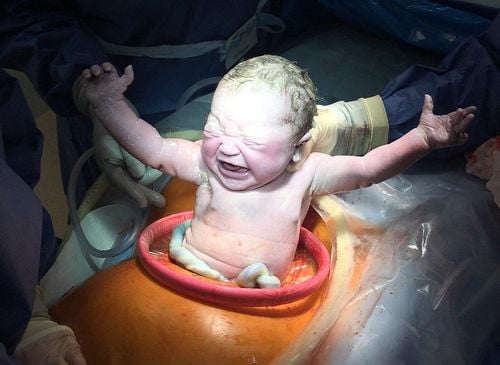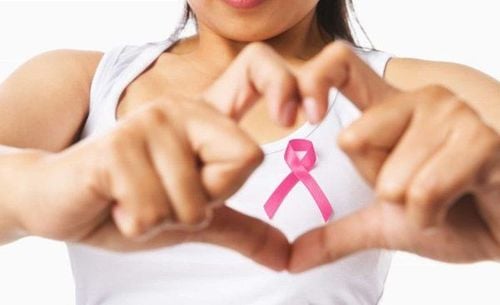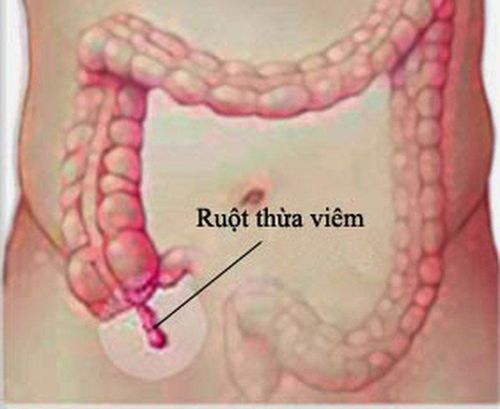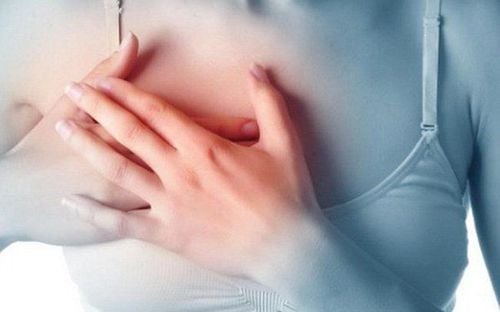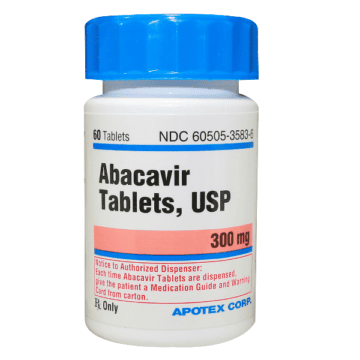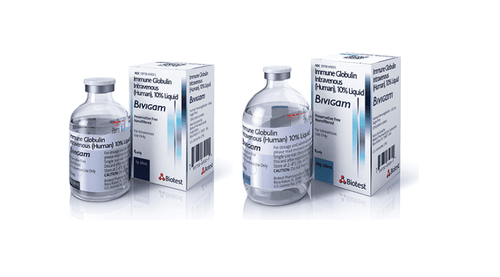This is an automatically translated article.
The article was professionally consulted by MSc Nguyen Thi Hong On, Department of Obstetrics and Gynecology - Vinmec Phu Quoc International General Hospital.A breast abscess is an infection of the breast caused by bacteria. The disease is common in women in the postpartum period and lactation. So what is a breast abscess and is it dangerous?
1. What is a breast abscess?
A breast abscess is a bacterial infection that causes swelling, redness, tender lymph nodes, and possibly a foul odor in the breast. The disease can be diagnosed through the common signs of breast abscess such as:Patient has high fever, chills. The breast is swollen - hot - red - painful. On examination, it is found that the nodules are soft, containing concave pressure. Axillary lymph nodes are painful, milk is mixed with yellow pus. Breast ultrasound shows multiple fluid reservoirs. Tests Blood count : neutrophils increased CRP (C - reactive protein) test increased. Aspiration of purulent inflammation, culture of bacteria to make antibiotic chart. In some cases, a breast abscess can be a sign of breast cancer.
2. Is a breast abscess dangerous?
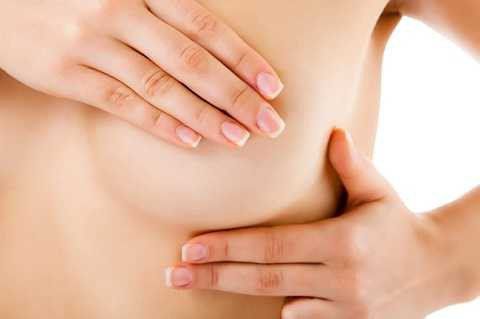
Có thể nói, áp xe vú là một bệnh nguy hiểm
Approximately 10% to 30% of breast abscesses occur in women after pregnancy and breastfeeding. Breast abscesses can also occur in women who are overweight, have large breasts, or have poor personal hygiene.
One type of breast abscess that can occur in non-breastfeeding women is a subareolar abscess. A subareolar abscess is an infected mass found only in the subareolar area (the dark skin around the nipple).
So is a breast abscess dangerous and how does the disease affect it?
It can be said that breast abscess is a dangerous disease. In the early stages, the disease can make the body tired, aching pain spreads to the shoulder blades, arms. When it has turned to the stage of forming an abscess, the patient's whole body will suffer severe injuries such as: the skin on the abscess is hot, swollen, tight, purple edema, high fever, shivering, lips dryness, headache, thirst, fatigue, rapid weakness. Inverted nipples, lymph node inflammation, prominent subcutaneous veins. Milk may be mixed with pus flowing through the nipple, the milk has a fishy smell.
If breast abscess is not detected and treated in time, it will form a recurrent breast abscess, spontaneously ruptured breast abscess or necrotic breast abscess. The mammary gland loses its function to secrete milk, causing milk loss, which can even lead to gangrene. The infection from the breast abscess can also spread to the blood vessels throughout the body, leading to serious complications such as sepsis, kidney failure, more severe, necrosis of the extremities... these are complications. very dangerous.
3. Treatment of Breast Abscess
To treat breast abscess effectively, please refer to the following notes:
Get plenty of rest, do not breastfeed on the breast with the abscess. You should eat soft, easy-to-digest foods but ensure enough nutrition to quickly recover health. Breastfeed only the side that does not have an abscess or express milk to breastfeed outside to avoid infection for the baby. Gently massage, apply heat, express milk to support milk ducts. Take antibiotics, anti-inflammatory drugs, pain relievers and fever reducers as prescribed by your doctor. In the event that taking medication does not completely treat the disease, the breast abscess will be punctured and drained to drain the pus. Only need to squeeze pus for superficial skin abscess. For deep-seated abscesses, inject the abscess along the spokes at the shallowest point, but 2 cm to 3 cm from the nipple. After draining the pus, the doctor will place a drainage tube. Every day, the breast abscess will be flushed with an antiseptic solution, combined with systemic antibiotics.
4. Measures to prevent breast abscess
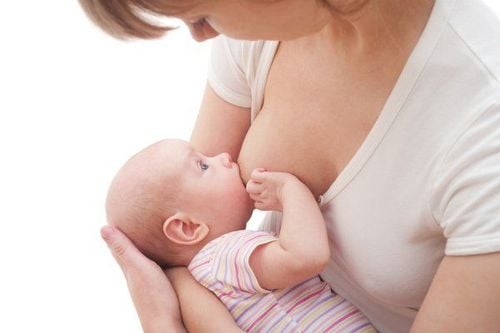
Nên cho trẻ bú hết sữa và luân phiên hai bên vú
Breast abscess mainly occurs in postpartum and lactating women. To prevent breast abscess, nursing mothers need to pay attention to a few things:
After giving birth, the mother should gently massage the breast to let the milk ducts clear and breastfeed soon after birth, breastfeed often regular and correct sucking position. Clean and properly clean nipples before and after breastfeeding. It is advisable to let the baby finish the milk and alternate the breasts, otherwise, the excess milk must be expressed after each feeding. If there is a blocked milk duct, it must be treated promptly to open the milk duct. To avoid clogged milk ducts, you can massage by hand, apply heat, use infrared light or pump milk with a machine... Avoid cracking or scratching the nipple because this is a good condition for bacteria to enter and cause inflammation. milk glands; Dry skin should also be avoided. Should wear a suitable bra... to avoid causing breast damage. Do not wean early, when weaning, should gradually reduce the number and number of feedings gradually. Through this, we have answered the question "Is a breast abscess dangerous?". As soon as the breast shows signs of pain, tenderness, swelling of the udder, cracked nipples, etc., temporarily stop breastfeeding and immediately go to a reputable medical facility for a doctor to examine and treat. Timely, protect your health.
Please dial HOTLINE for more information or register for an appointment HERE. Download MyVinmec app to make appointments faster and to manage your bookings easily.




